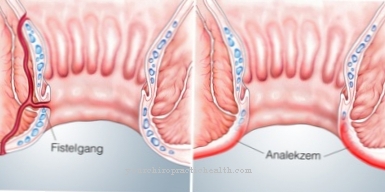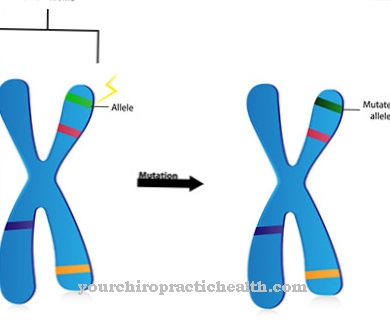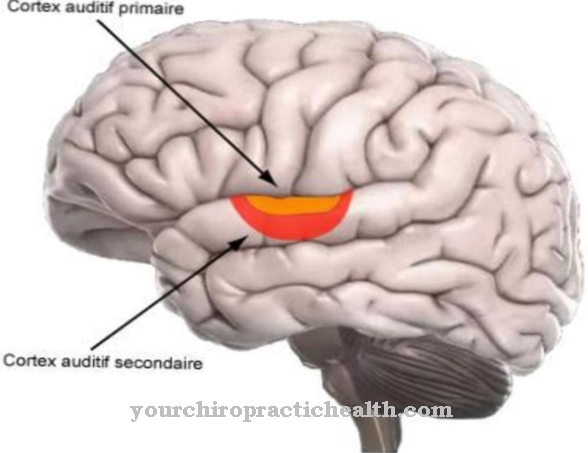A person loses 200 to 300 hairs per day. Since the hair follicle remains intact, the hair grows back a short time later. If the hair follicle is damaged, the hair cannot grow back and the amount of hair decreases (alopecia). A Hair transplant can fill in the bald spots with new hair.
What is a hair transplant?

Alopecia almost exclusively affects men. The reasons for hair loss are usually hereditary. The hair follicles are hypersensitive to dihydrotestosterone (DHT).
DHT is a steroid thermon and is excreted from the body in excess. If it cannot be excreted - the tendency to do so is hereditary - the excess DHT remains in the body and causes damage to the hair follicle.
A damaged follicle can no longer hold a hair, it falls out and does not grow back. If the hair loss is hereditary and not due to the disease, a Hair transplant missing hair can be replaced.
Function effect & goals
At a Hair transplant - which is usually done with your own hair - two methods have proven to be effective.
On the one hand there is the Follicular Unit Extraction (FUE) procedure, on the other hand the strip removal procedure (FUI). A hair transplant using the FUE method works as follows: The surgeon removes individual hair follicles from those parts of the head where the hair is still full. To do this, he uses a hollow needle with which he "sucks" the follicle. The follicle is then placed in a nutrient solution and prepared.
The follicle is then placed in the previously marked bald spots. With FUI or strip removal, entire strips of hairy areas are removed and then broken down into individual follicles. Here, too, the follicles are prepared and transplanted onto the bald spots. The strip method usually only takes one session and the hair transplant is complete.
The much more complex FUE method usually requires several sessions to achieve a satisfactory result of the hair transplant. Which method is used depends largely on the initial situation. If there is a relatively dense ring of hair, the much more cost-effective method according to FUI is quite suitable for a successful hair transplant. If there is no longer a thick ring of hair, the FUE method is more suitable. The individual removal of the follicles ensures that there are no clear areas elsewhere. Both methods achieve the goal of growing hair again in previously bald areas.
Hair transplants are performed under light anesthesia; the duration of the hair transplant depends on the amount of hair that is to be transplanted. During the hair transplant, the patient sits, so the surgeon can optimally reach all parts of the head. Since the anesthesia is only light, the patient can leave the clinic immediately after the hair transplant, but should be accompanied by a person. After 2 more days of recovery, the hair transplant is initially completed.
You can find your medication here
➔ Medication for hair loss and baldnessRisks, side effects & dangers
A Hair transplant is not entirely risk-free. The operation itself is rather small, the anesthesia easy. Nevertheless, pain may occur during or after the operation, for which pain medication can be given.
There are no other operational risks. However, it happens that transplanted hair does not grow and bald spots reappear. The hair transplant must be repeated in such a case, otherwise a good result will not be possible. If the strip method is chosen, scars may remain. Especially when there is a wound healing disorder - for example, when bacteria get into the wound - the wounds will need time to heal.
Some people also tend to develop bead-like scar tissue. In this case too, the scars at the removal sites will remain permanently visible. It is then hardly possible to wear the hair short in the area of the removal points. Sometimes it happens that inexperienced surgeons transplant the hair against the natural direction of growth. In this way, it remains permanently visible at which point a hair transplant was carried out.


.jpg)













.jpg)







.jpg)


